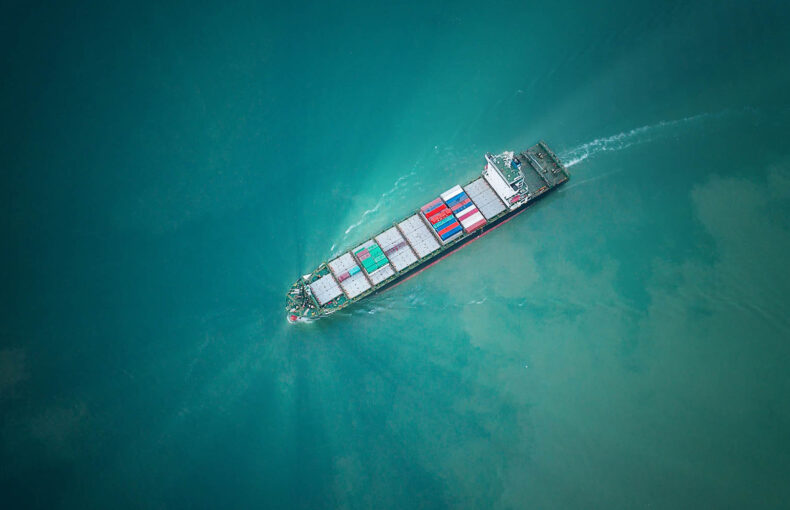Using AIS Data to Track Russian Oil
(Oil Tanker Deck Photo by Hervé Cozanet from the marine-marchande.net)
One of my favorite values at Spire Global is “Relentless,” which sits front and center of our company Intranet and reads:
We never give up. We embrace the truth that exceptional outcomes are not possible without exceptional effort – tenacity is more valuable than just talent.
This means we also dive deep to uncover insights and look at our data from many angles. A good example of this is looking at the impact of sanctions on Russia as a response to their invasion of Ukraine.
As was mentioned in the recent Washington Post article, Where are Russia’s barrels of oil going?, we have been using our AIS data to track a 20% decrease in crude oil tankers leaving Russian ports prior to and after sanctions were announced. We looked deeper and wider to show that you have to look at more than just the tankers registered under the Russian flag.
As noted by our CEO Peter Platzer, “More than half (57%) of the oil tankers leaving Russian ports in April carried a Cyprus, Panama, or Liberia flag, which are all common flags of convenience. It’s important to monitor and evaluate those movements to track the impact and enforcement of sanctions.”
Sovcomflot, Russia’s largest shipping company, owns most of the trading tankers registered under the flags of Cyprus and Liberia. These are referred to as “Flags of Convenience,” where the registration of the ship’s state is different from that of the ship’s owners. Panama and Liberia are two of the more popular ships of convenience flag states. According to Hellenic Shipping News, “just 0.2 percent of the global tanker fleet flies the Russian flag.”
Below, you can see the countries that received Crude & Product Tankers from Russian ports in April 2022, flying Russian, Cyprus, Panama, and Liberia flags. Spire’s AIS data classifies “Tanker_Crude” as a ship used to transport crude oil from the excavation site to the crude oil refining industrial plant. “Tanker_Product” is for refined oil products.

Looking back one month in March at the cohort of tankers with Russian, Cyprus, Panama, Liberia flags leaving Russian ports, we noticed higher activity in shipments to Estonia and Morocco. However, calculating shipments based on Dead Weight Capacity – Australia, Belgium, Bulgaria, Georgia, Israel, Libya, Netherlands, Romania, Slovenia – all showed an increase in tankers leaving Russia and arriving at their ports.

Of course, we saw the most dramatic change in the US where oil sanctions were first announced on March 8th, 2022.
We will continue to use our AIS tracking data to provide transparency and serve our mission of using our view from space to solve problems on earth.
 Written by
Written by


